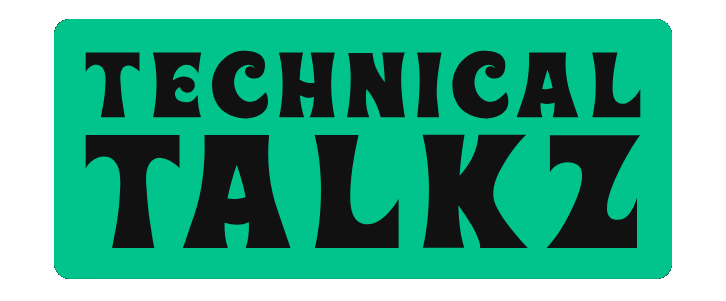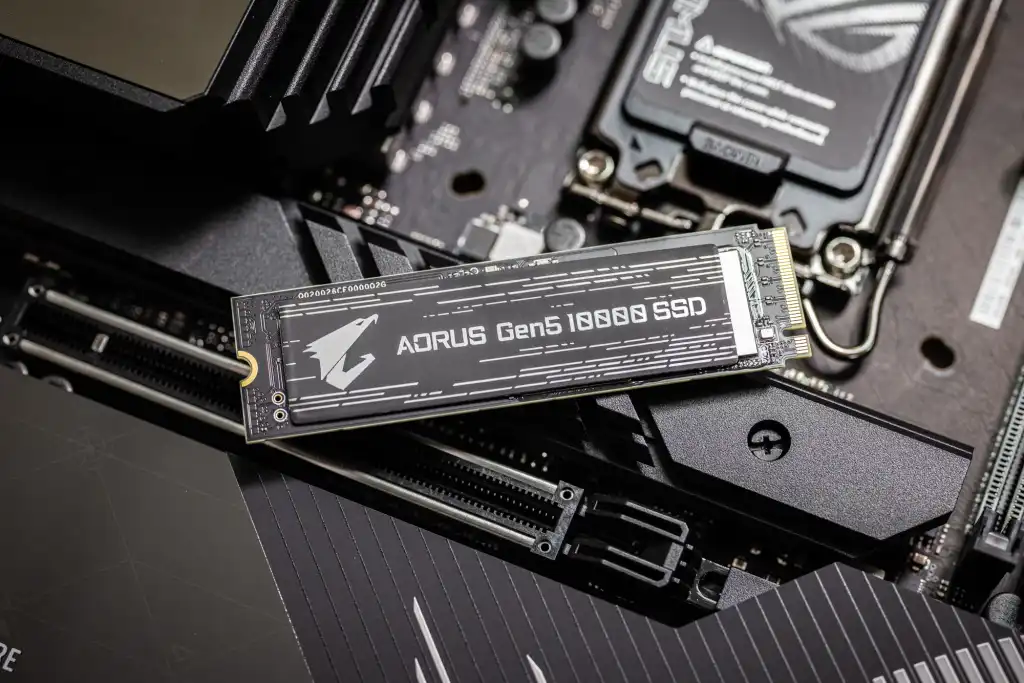With the introduction of PCIe 5.0 and NVMe Gen 5 SSDs, storage technology has made another leap in 2025. Supporting sequential read/write speeds of more than 14,000 MB/s, these drives almost double the performance of Gen 4 variants on paper. But the million-dollar question:
Do NVMe Gen 5 SSDs make a noticeable difference in practical usage, or are they just another benchmark-breaking hype?
In this in-depth article, we’re going to explore the real impact of Gen 5 SSDs on gaming, content creation workloads, everyday computing, and whether an upgrade is really worth it in 2025.
???? What Are NVMe Gen 5 SSDs?
NVMe (Non-Volatile Memory Express) is the interface used in newest SSDs accessed via PCI Express (PCIe). From Gen 4 to Gen 5, the PCIe bus doubles up:
Gen 4 Speed: Up to ~7,000 MB/s
Gen 5 Speed: Theoretically up to 14,000 MB/s (some as high as 14,500 MB/s in 2025)
These models are backed by newer boards with PCIe 5.0, particularly those with Intel 13th/14th Gen or AMD Ryzen 7000/8000 series chipsets.
⚙️ Theoretical vs. Real-World Performance➤ Benchmark Numbers (Synthetic Tests)
In CrystalDiskMark or ATTO tests, Gen 5 SSDs trounce Gen 4 by gigantic margins:
SSD Generation Read Speed (MB/s) Write Speed (MB/s)
Gen 3 ~3,500 ~3,000
Gen 4 ~7,000 ~6,500
Gen 5 Up to 14,500 Up to 13,000
But benchmarks are only part of the story.
Real-World Performance: Where Gen 5 Shines✅ 1. Large File Transfers
If you’re moving multi-GB video files or raw 4K/8K footage, you’ll notice faster copy times. Gen 5 SSDs can halve the time needed to duplicate large projects.
✅ 2. Creative Workloads
Software like Adobe Premiere Pro, DaVinci Resolve, and Blender have reduced loading/rendering times working on enormous files or cache data. When you’re working with uncompressed RAW video or sims, you’ll see the difference.
✅ 3. Virtualization & Dev Work
Application developers using local Docker containers, VMs, or massive build files see a minor speedup in compile/load times when using Gen 5 storage.
Gaming: Does Gen 5 Matter?Here’s the truth: In all but possibly a few games, no.
Game load times are becoming more CPU and engine dependent. Even the most demanding games don’t even saturate Gen 4 SSDs, let alone Gen 5.
In recent 2025 benchmarking, the difference between Gen 4 and Gen 5 load times was generally below 1 second. Some exceptions may be seen in open-world titles streaming assets in real-time, but the payoff is slim.
Every Day Use: Overkill for the Common UserFor regular users browsing the web, writing documents, or using Office applications, you will not notice any difference between Gen 3, Gen 4, or Gen 5 SSDs.
Boot times, program launches, and system response are already ridiculously quick on Gen 3/4 SSDs. Gen 5 just does not add noticeable benefit in these scenarios.
System Specs & PlanningIf you are upgrading, make sure to check:
✅ PCIe 5.0 M.2 Slot: Your board must support Gen 5
✅ Cooling Solutions: Gen 5 SSDs produce heat (some require active cooling with internal fans or large heatsinks)
✅ Price Premium: Gen 5 SSDs are 30–50% pricier than Gen 4 competitors
✅ Power Draw: More performance comes with slightly higher power usage
Gen 4 vs. Gen 5: Is It Worth Upgrading?Use Case\tGen 5 Benefit\tVerdict
Gaming\tMinimal\tNot worth it
Office/Productivity\tNone\tStay with Gen 3/4
Video Editing Moderate Worth it for pros
Content Creation High Highly recommended
Server/Workstation High Recommended if budget allows
Future-Proofing
If you’re building a new PC in 2025 and looking for ultimate long-term life, it makes sense to step up to Gen 5—if you’ve got compatible hardware and can afford the expense.
But if you’re upgrading from a Gen 4 SSD and don’t have storage-intensive workloads, your money’s likely better invested elsewhere (CPU, GPU, or RAM).
Conclusion: Real Use vs. Raw Speed
NVMe Gen 5 SSDs are insanely fast—yet speed is not always effect.
For video pros, 3D modelers, or enormity of dev work, Gen 5 SSDs deliver real productivity benefits. But for everyday users—including gamers and casual multitaskers—the jump won’t be noticed in normal usage.
So before you spend extra cash on a 14,000 MB/s drive, ask yourself:
Are you actually going to use that much speed—or just gawk at the numbers?



